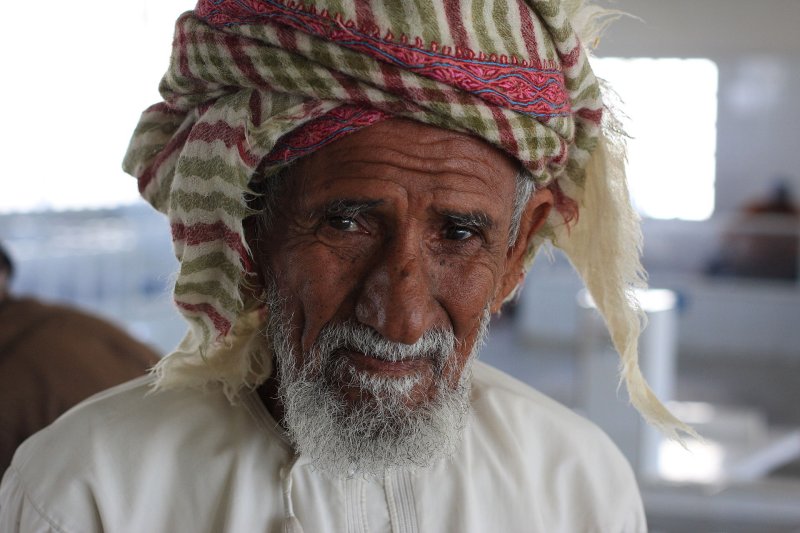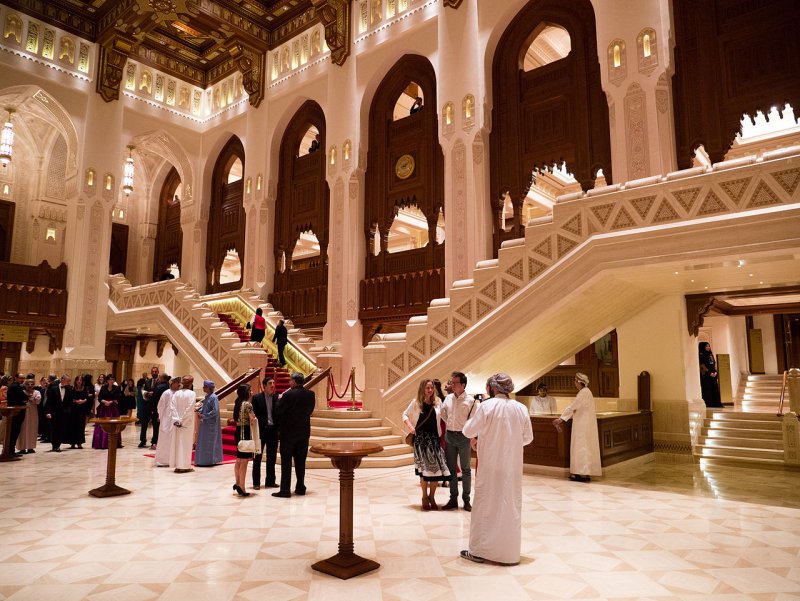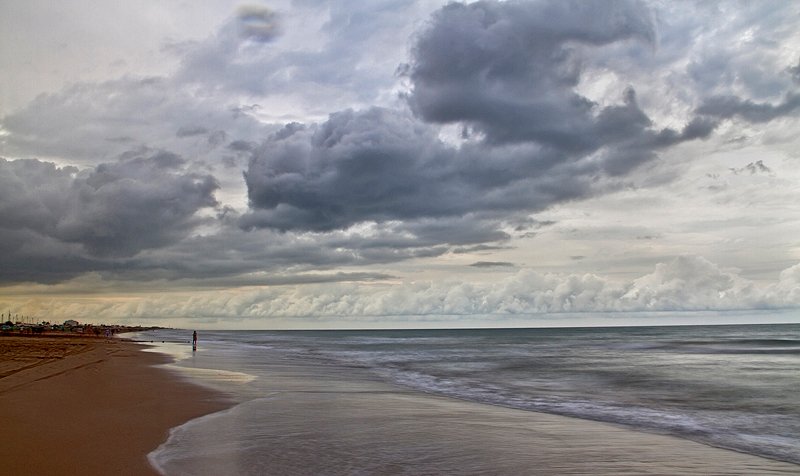 Oman east coast
Oman east coast http://commons.wikimedia.org/wiki/Category:Coasts_of_Oman#mediaviewer/File:Oman_east_coast_(1).jpg
http://commons.wikimedia.org/wiki/Category:Coasts_of_Oman#mediaviewer/File:Oman_east_coast_(1).jpg Andries Oudshoorn
Andries Oudshoorn
Oman (Arabic: سلطنة عمان) is a small sultanate on the southeastern part of the Arabian Peninsula. It borders on the United Arab Emirates to the northwest, Saudi Arabia to the west and Yemen to the southwest. It has a coastline facing the Arabian Sea to the southeast and the Gulf of Oman to the northeast. Also belonging to Oman are the enclaves of Madha and the Musandam Peninsula which are both surrounded by the United Arab Emirates. Within Madha is an exclave of the United Arab Emirates known as Nahwa, which belongs to the Emirate of Sharjah.
Oman covers 309,550 sq km (119,498 sq mi) and has a population of 2.85 million people (2011 estimate). Its capital and largest city is Muscat. The official language of Oman is Arabic. It is four hours ahead of Coordinated Universal Time (UTC+4). Traffic here drives on the right. The electricity is 240V/50Hz using USA and UK plugs. The phone IDD code is +968.
Major Cities in Oman
- Muscat - capital
- Bahla
- Buraimi
- Ibra
- Matrah
- Nizwa
- Salalah
- Sohar
- Sur
Places of Interest in Oman
- Hajar Mountains
- Madha
- Masirah island
- Musandam Peninsula
- Wahiba Sands
World Heritage Sites in Oman
- Bahla Fort
- Archaeological Sites of Bat, Al-Khutm and Al-Ayn
- Arabian Oryx Sanctuary (Delisted 2007)
- Land of Frankincense
- Aflaj Irrigation Systems of Oman
 An elderly gentleman at the fish souk in Muscat
An elderly gentleman at the fish souk in Muscat http://commons.wikimedia.org/wiki/Category:Muscat#mediaviewer/File:Fish_Souk,_Quriyat,_Muscat,_Oman_(4324883412).jpg
http://commons.wikimedia.org/wiki/Category:Muscat#mediaviewer/File:Fish_Souk,_Quriyat,_Muscat,_Oman_(4324883412).jpg yeowatzup
yeowatzup
Oman had an estimated nominal GDP of $53.395 billion, or a per capita nominal GDP of $18,013. Its per capita GDP at purchasing power parity stood at $25,109. Petroleum forms the bulk of Oman's income, providing its people with a high standard of living. However Oman's oil reserves are limited. It ranks 28th in the world in terms of natural gas reserves.
As with much of the Arabian peninsula, Oman expereinces a desert climate. It is extremely hot and dry for the most parts of the year. Even in January, the average temperature is between 17°C to 27°C (63°F-81°F) while in June, it goes up to between 31°C and 40°C (88°F-104°F).
 Royal Opera House, Muscat
Royal Opera House, Muscat http://commons.wikimedia.org/wiki/Category:Royal_Opera_House_Muscat#mediaviewer/File:Royal_Opera_House_Muscat_2.jpg
http://commons.wikimedia.org/wiki/Category:Royal_Opera_House_Muscat#mediaviewer/File:Royal_Opera_House_Muscat_2.jpg Juozas Salna
Juozas Salna
Apart from a 140-year period of Portuguese colonialisation, Oman has always been an independent country. Islam was introduced here during the 7th century AD. Today most of the locals are Muslims of the Ibadhi denomination, which is distinct from the Sunni and Shia denominations of Islam.
The Portuguese occupied Muscat from 1508 to 1648, when they were ousted by local tribes, and were themselves ejected in 1741 by a Yemeni tribe. From then on, began a succession of sultans that ruled the kingdom until today. The hereditary sultan, Qaboos bin Said Al Said is the present head of state of Oman.
 Seeb Beach, Muscat
Seeb Beach, Muscat http://commons.wikimedia.org/wiki/Category:Beaches_of_Oman#mediaviewer/File:SEEBbch.jpg
http://commons.wikimedia.org/wiki/Category:Beaches_of_Oman#mediaviewer/File:SEEBbch.jpg Shenmuelll
Shenmuelll
Planning your trip to Oman
At time of writing (April 2011), Oman appears to be undergoing some political turmoil with demonstrations taking place in the city of Sur. Intending visitors are cautioned to stay away from demonstrations for their personal safety.The Seeb International Airport (MCT) in Muscat serves as the gateway to Oman. The airport has flights connecting it to cities in the Middle East, Asia and Europe, with the most frequent flights between it and Dubai.

Copyright © 2003-2025 Timothy Tye. All Rights Reserved.

 Go Back
Go Back